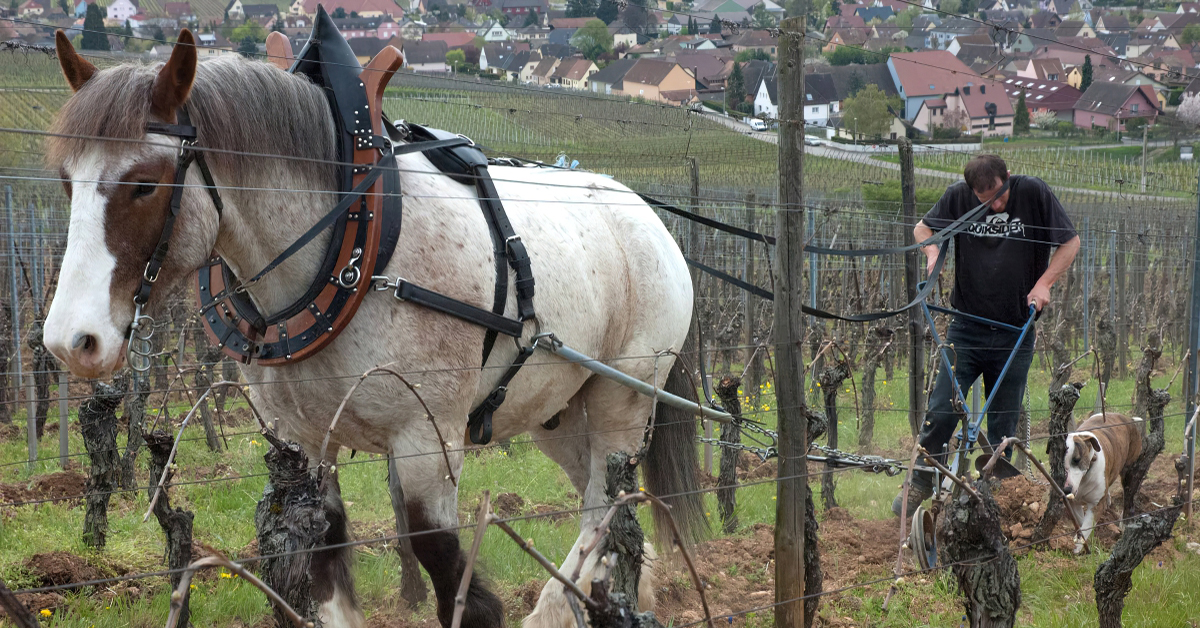
Domaine Corsin
Gilles Corsin decanting 30 year-old Saint-Véran.Gilles Corsin splits his time between the courtier business he took over from his father thirty years ago, and the cellar at Domaine Corsin, where he makes the finest wine in Saint-Véran. As a courtier, he tastes the wine of dozens of growers and cooperatives, and is responsible for the purchase of thousands of hectoliters for Georges Dubœuf, Louis Jadot, and Jean-Marie Guffens’ Maison Verget. Tasting so many wines from so many sources gives him a unique frame of reference when he tastes his own.“Gilles doesn’t like my wines,” his friend and colleague Michel Paquet once told me. “Then again, he doesn’t like his own wines. His palate is so fine-tuned that he magnifies every insignificant flaw, which makes it impossible for him to enjoy what he’s drinking.” Jean-Jacques Corsin, who has recently retired, has passed along his calm and deliberate manner to his son Jeremie Corsin – all the better for a young vineyard manager whose decisions









